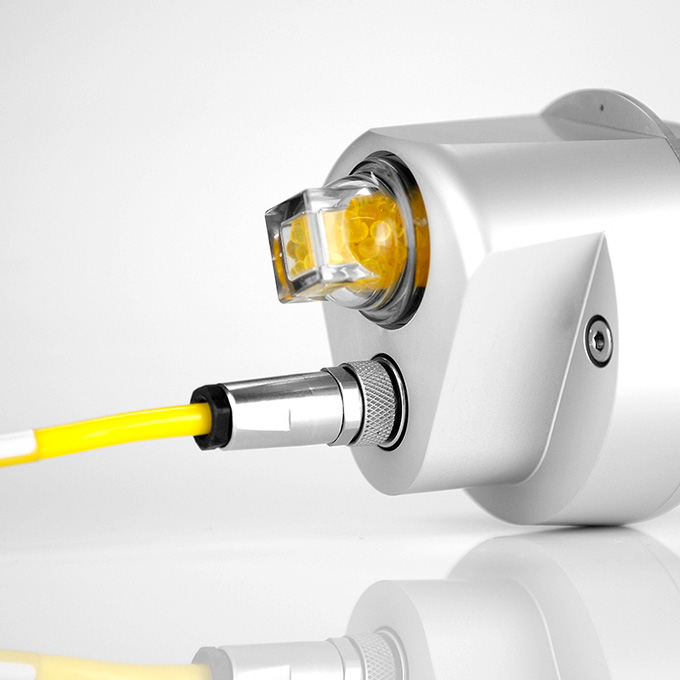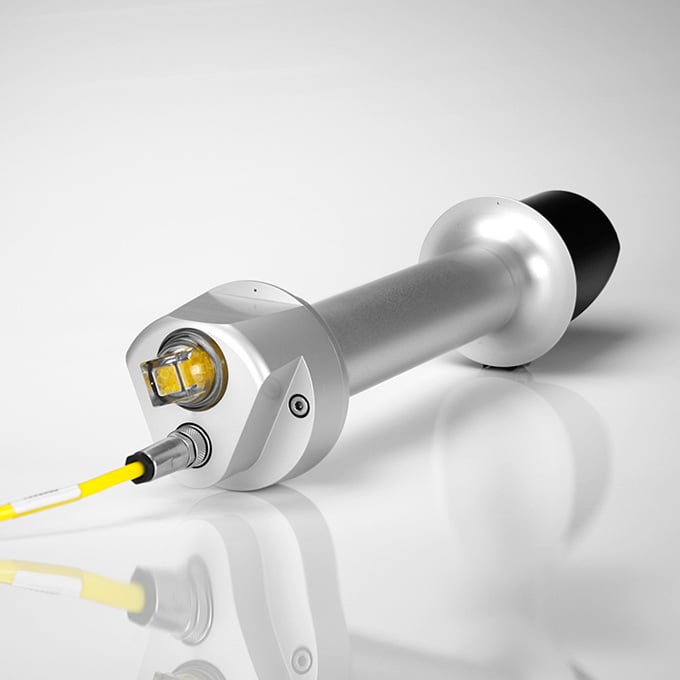Power Conditioning System
PCB
Connectors without locking device
Connectors with Locking Device
Ingress Protection
Intermateability of Connectors
Solar Glass
Bus Wire and Tab Wire
[...]
 High quality pyrheliometer by KIPP & Zonen[/caption]
High quality pyrheliometer by KIPP & Zonen[/caption] High quality pyrheliometer by KIPP & Zonen[/caption]
High quality pyrheliometer by KIPP & Zonen[/caption]